A place to preserve more than 4,000 flower and grass gene sources
Speaking at the International Conference on Innovation Cooperation in Flower and Ornamental Plant Breeding and Development on November 26, Mr. Luong Kim Quang, Secretary of the Party Committee (China), emphasized that flowers are not only a gift of nature but also a messenger of civilization and human exchange. The year 2025 marks the 75th anniversary of the establishment of diplomatic relations between Vietnam and China, and is also the Year of Humanitarian Exchange between the two countries.
“Over the past 75 years, the people of the two countries have always stood side by side, fostering the traditional friendship of 'Vietnam - China, deeper love, comrades than brothers'. The two countries have a good foundation for cooperation in the flower sector, complementary advantages and extremely open cooperation potential,” Mr. Luong Kim Quang shared.

Mr. Luong Kim Quang proposed using science and technology as a bridge to promote breed innovation and cooperate in research on resistant and high-quality breeds. Photo: Trung Hieu.
According to Mr. Luong Kim Quang, Shandong is the largest agricultural province in China, known as the “grain - cotton - oil warehouse” and “fruit - vegetable granary” of the whole country. The total value of agricultural - forestry - fishery production has exceeded 1,200 billion yuan for many consecutive years, ranking first in the country.
In the flower sector, Shandong holds a prominent position with the largest output of ornamental plants in China, the second largest production value of phalaenopsis orchids, and the leading export of roses and specialty products in the country. The province has formed a complete value chain from breeding, smart cultivation to trade and distribution, becoming one of the driving forces for agricultural cooperation within the framework of the “One Belt, One Road” Initiative.
The Recreational Agriculture Research Institute, a specialized flower research unit of the Shandong Academy of Agricultural Sciences, currently maintains more than 4,000 flower and grass genetic resources. It has selected and bred 24 varieties with exclusive intellectual property and cooperated with 20 countries, building 6 international cooperation platforms, including the “China-European Rhododendron Flower Breeding Innovation Joint Laboratory” and the “China-Serbia Edible and Medicinal Plant Joint Laboratory”. The Institute has also repeatedly held influential international conferences such as the “Shandong International Flower Science and Technology Cooperation Conference”.

Plum blossoms in full bloom every February in Huzhou City, Zhejiang Province, China. Photo: VCG.
At the Conference, Mr. Luong Kim Quang proposed using science and technology as a bridge to promote breed innovation, cooperate in research on resistant and high-quality breeds, and create many superior flower varieties that bring practical benefits to people in various countries.
He also emphasized the role of industry as a foundation, promoting the connection between production, research and market, supporting Shandong enterprises to cooperate deeply with Vietnamese and international partners to form a synchronous "seed - production - consumption" industry chain.
At the same time, using standards as a common language will help meet ASEAN market needs, share experiences in smart greenhouses and highly efficient farming techniques, thereby improving local flower production capacity.
Orchids bloom across China thanks to science and technology
According to Mr. Chu Can Phat, Chairman of the Guangdong Orchid Association of the China Flower Association, China and Vietnam are connected by mountains and rivers, have cultural similarities, and share rich flower resources and a long tradition of flower growing.
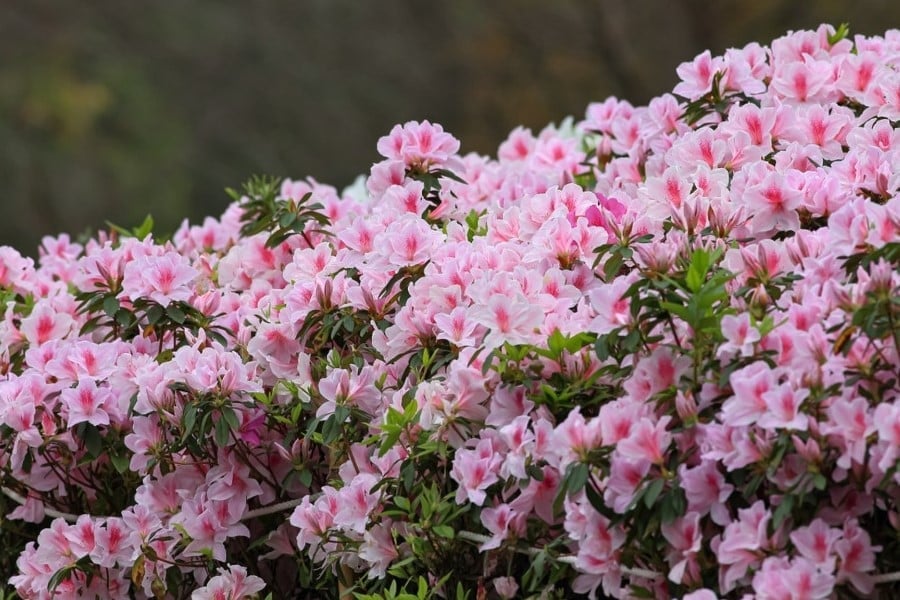
Rhododendrons are one of China's most famous and oldest flowers. Photo: Riba.
In the northern region of China, Shandong Province, with its strong greenhouse agriculture foundation, has become the second largest phalaenopsis producer in the country. The Shandong Academy of Agricultural Sciences has also successfully bred many valuable new phalaenopsis varieties.
“As for orchids, from China to Vietnam, the species are not only similar in species but also have their own charm, which has long demonstrated the natural connection across the mountains and forests between the two countries,” Mr. Chu Can Phat shared.
He said that as an important part of China's ornamental flower industry, orchids are at the forefront of innovation and development, reflecting the transformation trend of the entire industry. In recent years, the Guangdong Academy of Agricultural Sciences has focused on researching and breeding orchid varieties such as phalaenopsis, cymbidiums, and terrestrial orchids.
At the same time, the Institute also perfected tissue culture and flowering control techniques, thereby successfully creating many flower varieties with independent intellectual property such as Red Pearl Phalaenopsis and Golden Phoenix Orchids, contributing to reducing dependence on imported seed sources.
The contribution of science and technology to China's flower industry has increased from 45% in 2015 to 62% in 2024. Technologies such as smart environmental control and soilless cultivation have not only helped orchids bloom throughout China but also reached the ASEAN market under the Belt and Road Initiative.
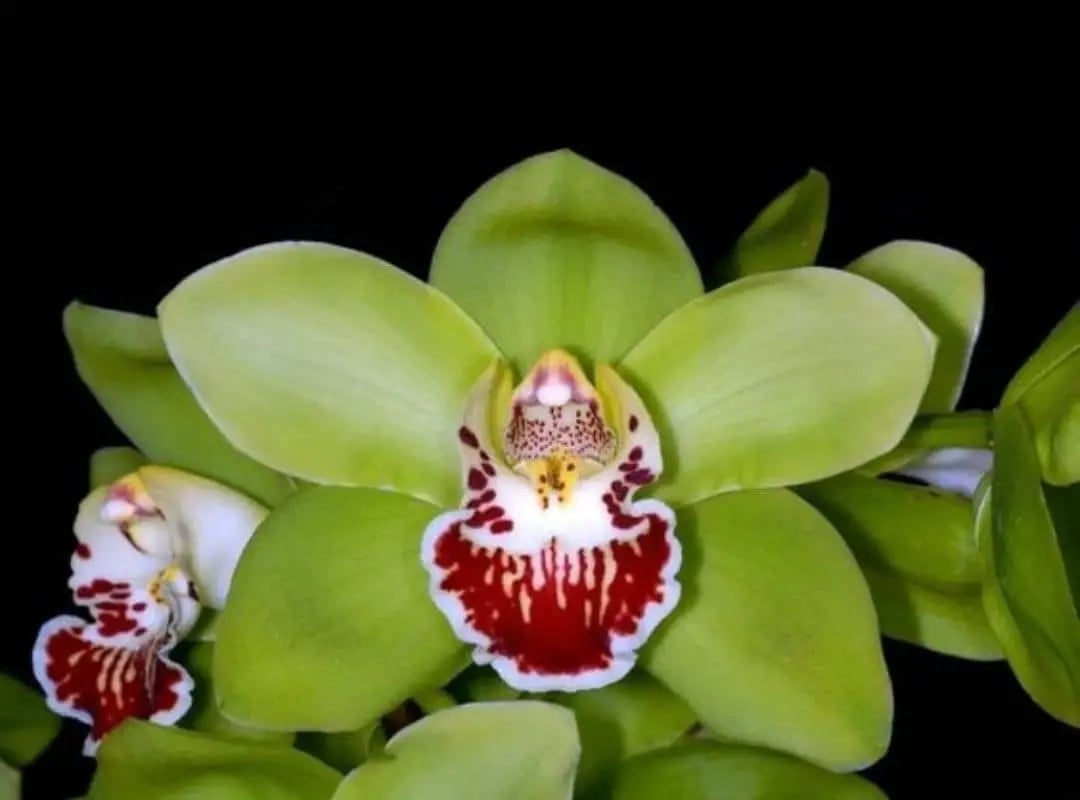
Dubbed the most expensive orchid in the world, the Shenzhen Nongke orchid does not exist in nature but was created entirely in a laboratory by scientists in Shenzhen, China. Photo: Tipspr.
According to Mr. Chu Can Phat, in the coming time, the Chinese flower industry will continue to upgrade in the fields of varieties, smart farming, taking science and technology and inter-industry cooperation as core driving forces.
“Through this Conference, I hope that scientists and businesses from different countries will increase the sharing of genetic resources, expand joint research, build industry standards, so that advanced technology can take root in ASEAN and let brilliant flowers become a bridge of affection between people of different countries,” the Chairman of the Guangdong Orchid Association expressed his hope.
Shandong Academy of Agricultural Sciences has a history of more than 120 years, originating in 1903. After more than a century of accumulation and development, the Institute has become a core force promoting agricultural progress in the Huanghuaihai Plain.
On November 27, 2013, during his visit to the Institute, General Secretary Xi Jinping emphasized the requirement of "giving agriculture the wings of science and technology", which became the guiding principle for China's agricultural science team.
Source: https://nongnghiepmoitruong.vn/trung-quoc-co-the-chon-tao-nhieu-giong-hoa-doc-la-nho-nuoi-cay-mo-d786648.html











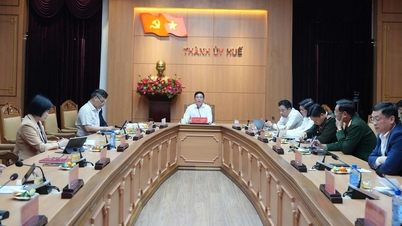

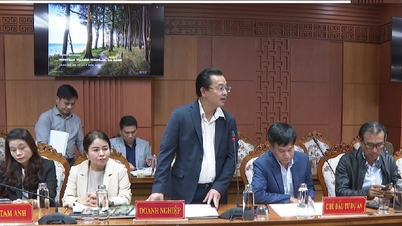

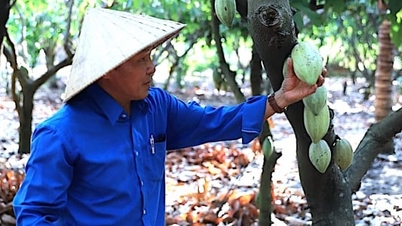
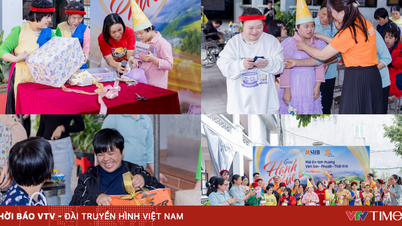

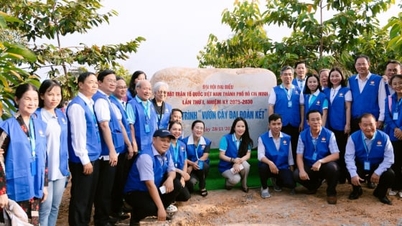

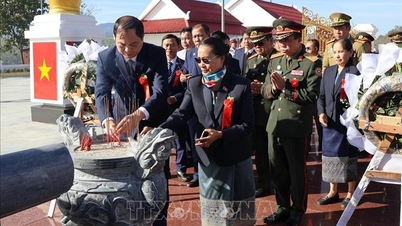


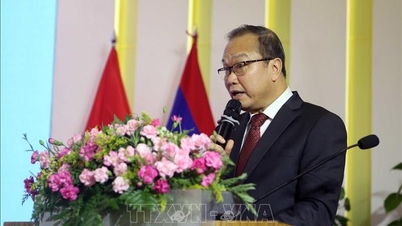
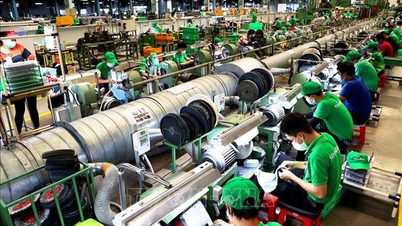






















































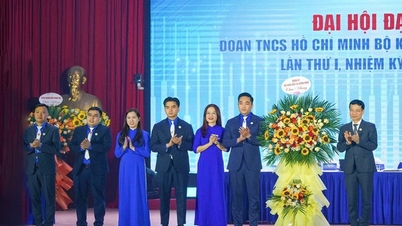




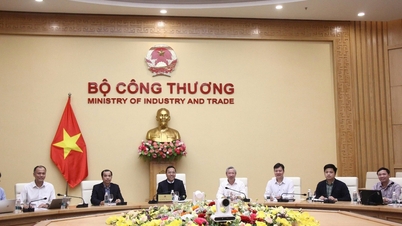






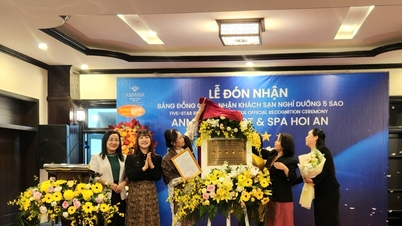
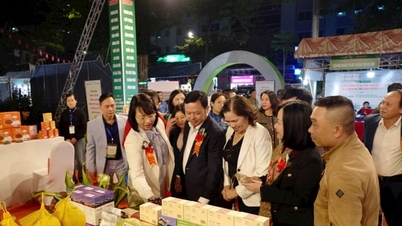


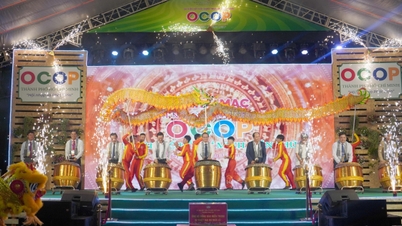










Comment (0)